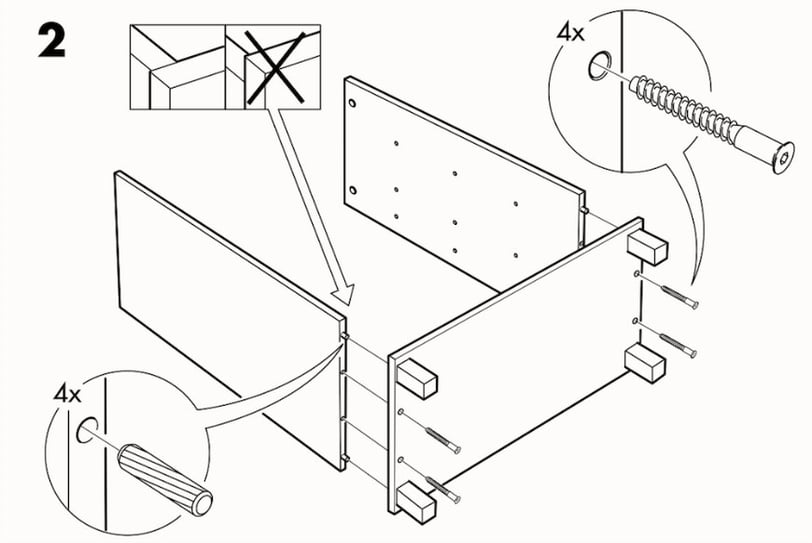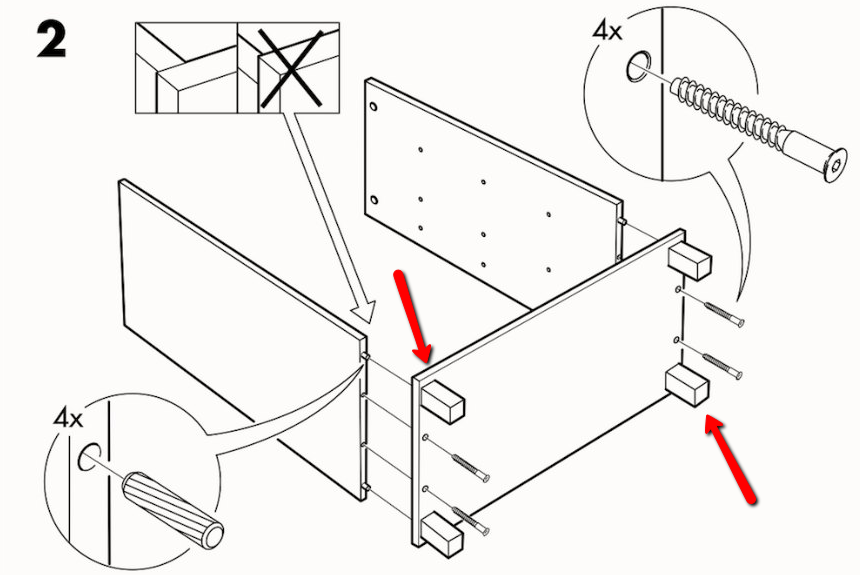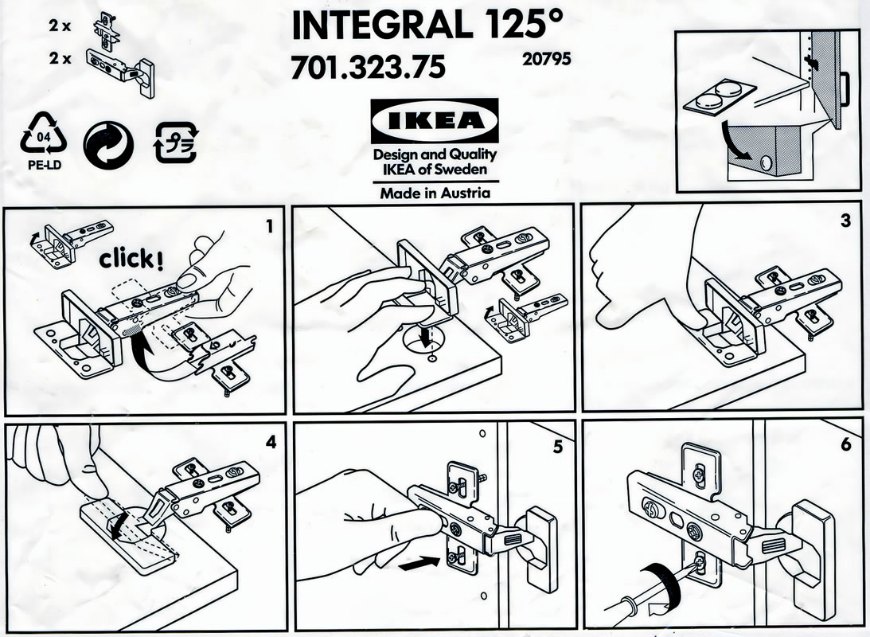Chinese factory managers often say things such as “these three people caused this issue”, “it is their fault”, and “these are human mistakes and they can’t be avoided”. However, one could argue that the factory’s systems are at fault. And who can develop and implement systems? The managers themselves, not their employees.
Which systems need to be put in place to avoid mistakes and improve product quality? Let’s look into 7 mistake proofing approaches that work...
1. Training production staff
Does this sound obvious? Yes. And yet, many root-cause analyses of serious quality issues point to the absence of training as a key factor. The sad reality is, there is little to no training in 99% of Chinese factories. There should be a training plan for new employees, and for employees working on new operations.
So the first job is to make sure operators are given work instructions, understand those instructions, and are given some on-the-job training and coaching for each new type of work.
When it comes to preparing work instructions, think Ikea style:

2. Making human operations easier
Do workers fumble a bit, here and there? Do they have a hard time doing an operation? Well guess what – it impacts their speed, but it also makes quality issues much more likely to occur.
In most cases, a smart engineer can rethink how a process gets done, for example by introducing jigs or tools that make it much easier. Often a solution that involves no investment can be found.
Again, look at Ikea for good examples. Their customers have to do the assembly job, so instructions have to be very simple in order to avoid confusion. In the example below, the “click” ensures the assembler knows he/she has done a good job!
Let’s take another example. If an operation consists of placing 15 parts in a packaging box, a common mistake is to forget 1 part. An easy fix is to “kit” them – we have done this a few times by drawing a shadow board and having the upstream operators place the parts in the right positions on that board. The result is the ability to see at a glance if anything is missing. It should be obvious!
3. Avoiding incentives detrimental to product quality

If production operators are paid by the piece, they learn quickly that they can get paid for defective work. In most cases, nobody knows who caused defects by the time they are found. It also has other negative side effects – having people work on batches that are unreasonably large, not taking time for training and thinking, refusing to do a small pilot run for a new product, etc.
We are not advocating a 180-degree switch from pay-by-piece to pay-for-hours, but there are intermediate solutions. The most important is to ensure your pay scheme doesn't encourage workers to do a bad job!
4. Mistake-proofing devices
Do many human mistakes cause defects in your operations? Count defects on a few lines for a certain period of time, sort them to see which ones occur most often, and think of ways to prevent them. There are two good approaches to this:
- Make them impossible. For example, if a piece is not presented the right way in a machine, it just doesn’t fit and the operator needs to place it in another way.
For example, in the instructions from before Ikea made it impossible to screw the 2 sides panels of this cabinet on the wrong side of the bottom part, since the 4 feet are already there.

- Detect them as soon as they are created. This is not as good as making them impossible, but it prevents a lot of wasted efforts (further processing, inspection at a later stage, reprocessing, etc.) Many devices that incorporate automated visual control fall in this category.
With a bit of ingenuity, many such devices can be implemented. To jump-start your thinking, I would advise to search “mistake proofing devices” on the internet, or to order this entire book filled with examples.
Nowadays, sensors are cheap and can help a machine self-correct. There are thousands of applications!
But remember, once it is in place there should be no way to take a shortcut. If there is a faster way to do the operation (without using the mistake-proofing device), it will not stick. Imagine the operators rushing through an urgent order at 2am…
5. Preventing equipment issues

As I wrote earlier, not all mistakes originate from a worker. Many of them actually come from machines – and sometimes from very high-tech automated equipment!
The key is to take action before a piece of equipment (or a tool used by that equipment) gets worn, off-spec, or damaged. In other words, don’t wait until a problem is obvious and the equipment is down.
The response is preventive and/or predictive maintenance systems. We have seen very, very few Chinese manufacturers do this well. We believe that’s a key reason why the quality level (and their on-time delivery performance) is inconsistent in nearly all Chinese factories.
6. Training the leaders

Operators need training and guidance. But so do their front-line leaders. Here are two types of training programs we often give to line/group/team leaders, foremen, and supervisors:
- Feedback loop to know about issues as early as possible, how to make it obvious that there are many quality issues, what to do in that case, and how to handle corrections.
- How to run an improvement initiative: following the PDCA cycle properly, posting visible indicators (first-pass yield, time spent in rework, cost of scrap…) with targets, and managing action plans for full accountability.
7. A strong NPI process is also full of mistake-proofing systems

We tend to talk about the management of routine operations and their impact on product quality. However, many quality issues can be avoided in the first place if a strong NPI (new product introduction) process is in place. When we evaluate a factory’s NPI process, we tend to look at three elements:
- Do they have appropriate go-no go gates?
- Do they do the necessary engineering work? (All the non-recurrent engineering such as process flow charts, control plans, and so on, in sufficient details.)
- Do they do a small pilot run with mass production components before they launch mass production? That’s a really good way of catching issues and fixing them while the stakes are low.
Obviously, spending hundreds of hours in NPI engineering time makes no sense for an order of 5,000 USD that won’t be repeated. In general, the case for mistake-proofing systems is weak when orders are small.
But remember, many of these systems do not increase your costs. Sections 1, 2, 3, 4, and 6 of this article can be followed for free or nearly free, while sections 5 and 7 will require a bit of investment. If you take the long-term view, though, you will see that adding this type of systems in your factory will reduce your overall costs.
What have your experiences been? Have you seen very successful product quality improvements in a factory? Which mistake proofing techniques have you used to improve your China manufacturing? Please share them with us in the comments below, and we’ll respond to you.






